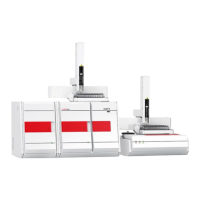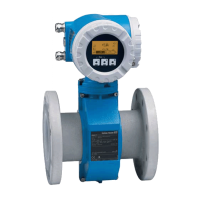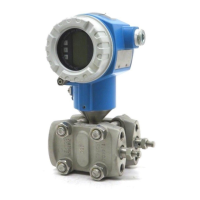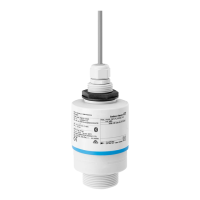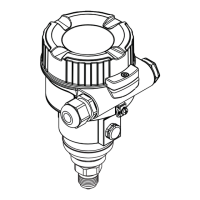multi N/C 2100S Safety instructions
13
The operating personnel must be familiar with the dangers arising from measuring
liquids. The appropriate protective equipment must be used.
Prior to pauses or at the end of the work appropriate skin cleaning and protection
measures must be carried out.
Eating, drinking, smoking or handling open flames in the operating room of the
analyzer is prohibited!
2.4 Safety instructions, transport and installation
The analyzer is always installed by the customer service department of Analytik Jena AG
or its authorized and trained specialist personnel. Independent assembly and installation
are not permitted. Incorrect installation can create serious hazards.
The following has to be observed:
Insufficiently secured components pose a risk of injury! During transport the
components of the equipment must be secured in accordance with the instructions in
the user manual.
Only transport the analyzer in its original packaging! Ensure that the transport
protections have been fitted and the analyzer is completely empty.
To prevent health damage the following must be observed when moving the
analyzer in the laboratory (lifting and carrying):
• For reasons of safety 2 persons are required to transport the analyzer and must
position themselves on both sides of the equipment.
• Because the analyzer does not feature any handles, firmly grip the device from
the bottom and make sure prior to simultaneous lifting the device that the
sensitive components at the front are protected by the closed doors.
• The guide values and statutory limits for lifting and carrying loads without
auxiliary equipment must be observed and adhered to.
2.5 Safety instructions - operation
2.5.1 General
The operator of the analyzer must make sure before each commissioning that the
condition of the analyzers including the safety equipment is sound. This applies in
particular after each modification or extension of the analyzer or its repair.
The following has to be observed:
The analyzer must only be operated if all protective equipment (e.g. covers, drip pans
for chemicals and doors) are present, properly installed and fully operational.
The sound condition of the protection and safety equipment must be checked
regularly. Any defects must be corrected as soon as they occur.
Protective and safety equipment must never be removed, modified or
decommissioned during operation.
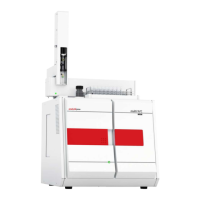
